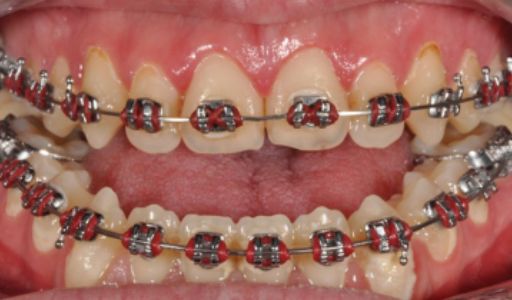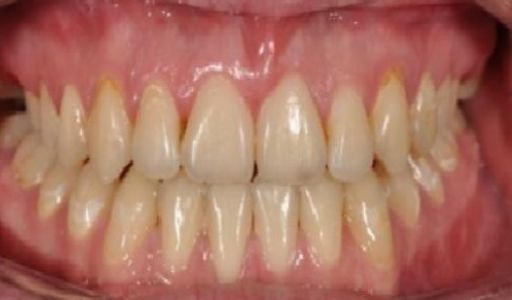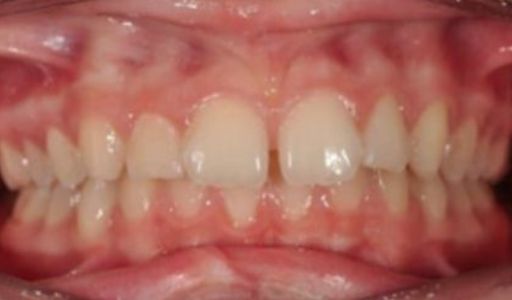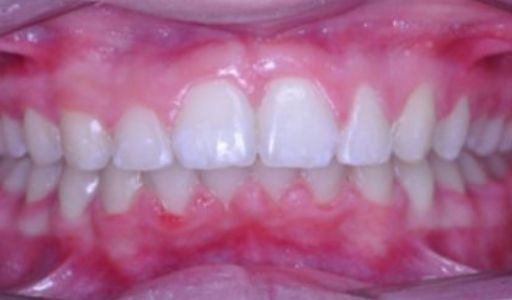Medical peeling
Medical peeling is a treatment with a care and healing effect,
It is a method of exfoliating the epidermis and a supportive therapy for various types of acne.

The simplest peels to use can be found in drugstores. Their problem, however, is that they do not solve many skin problems, which should be professionally treated once in a while, because only then will the skin regain its glow and be thoroughly cleansed. Medical peels are such professional treatments.
Why do these peels have to be done by a professional?
Because they contain acids, the type and concentration of which should be selected according to the patient’s skin type and possible aesthetic problems. The doctor also cares about the safety of the procedure.
Indications
for performing
medical peeling

Medical peeling can be performed on virtually any type of skin and complexion. Medical peels with the use of higher concentrations of active substances are recommended for:
- oily skin with acne problems
- complexion with visible fine wrinkles
- people who want to reduce discoloration
- skin with visible acne scars
- oily skins
- cerium with calluses
- oily skin with acne problems
- complexion with visible fine wrinkles
- people who want to reduce discoloration
Types
chemical peels
Peels differ primarily in the types of active substances
These substances are primarily acids that can have exfoliating, antioxidant, antibacterial, antifungal and brightening properties. In aesthetic medicine, there are many acids, but the most commonly used are:

Glycolic acid
– is an exfoliating ingredient obtained from sugar cane juice. It is dedicated to all skin types. For dry and rough skin, it perfectly moisturizes and smoothes its surface. In turn, for oily skin with enlarged pores or acne scars – it will restore the appropriate pH, nourish and smooth.

Salicylic acid
– used especially in the treatment of oily, contaminated skin, prone to acne lesions. This acid is characterized primarily by anti-inflammatory, antibacterial, antifungal, as well as exfoliating and astringent properties.

Almond acid
– it is a substance that, due to its properties, allows you to obtain satisfactory treatment results for sensitive and allergic skin. This acid is used for patients whose skin is struggling with acne lesions, dilated capillaries and fine wrinkles, or with reduced density. Mandelic acid is characterized

Azelaic acid
– mild acid. It is suitable for atopic skin. It has antibacterial and anti-inflammatory effects. Importantly, oily and acne skin can also be overly reactive and sensitive to external factors.
Medical peeling
effects of the procedure
This is one of the most frequently asked questions. The effects (as with other treatments) depend on many factors. First of all, the patient’s skin. Medical peels, unlike those that can be bought at a drugstore or pharmacy and performed at home, work more intensively, inducing the epidermis to regenerate. The main effects include:
- skin smoothing
- reducing inequality
- color uniformity
- leveling of discoloration
- elimination of acne lesions
- improving flexibility and elasticity
 BEFORE
BEFORE
 PO
PO
CASE 1
 BEFORE
BEFORE
 PO
PO
CASE 1

Is medical peeling
for everyone?
If the patient’s skin has no obvious contraindications and the doctor does not decide otherwise, the answer is yes. Contraindications here will also be severe and inflamed forms of acne, large amounts of pigmented lesions on the skin and a tendency to scarring.
Frequently asked questions
FAQ
1. Does a chemical peel hurt?
If deep chemical peeling is performed, unbearable pain may occur, which is why the specialist, after thorough cleansing of the skin, applies local anesthesia chemical peeling deep, there may be pain that will be unbearable for the patient, which is why the specialist applies a local anaesthetic after a thorough cleaning of the skin.
2. Are chemical peels safe?
Innovative chemical peeling with a lifting and firming effect. Thanks to small particles, it works in the deepest layers of the skin. Strongly stimulates the skin without visible exfoliation. It is safe, does not cause irritation, does not sensitize to light
3. How often should I use a chemical peel?
Intervals between treatments should be about 2-5 weeks. If we expect spectacular effects, one chemical peeling treatment may not be enough. The best results will be achieved by a series of treatments, agreed with a specialist, taking into account our needs and skin type
Our doctors
Price list
medical peeling services

Once you have completed the form, we will respond within 60 minutes during clinic hours.
-
Opening hours
Mon-Fri: 8:00 - 21:00
Saturday: 8:00 - 15:00
-
st. Grzybowska 85
00-844 Warsaw


